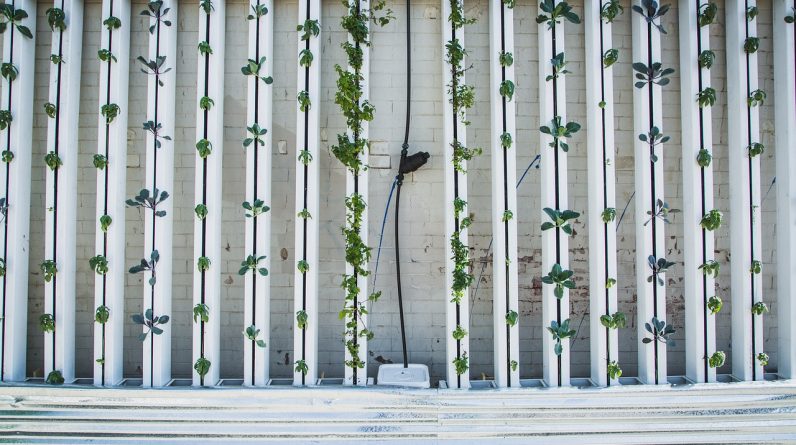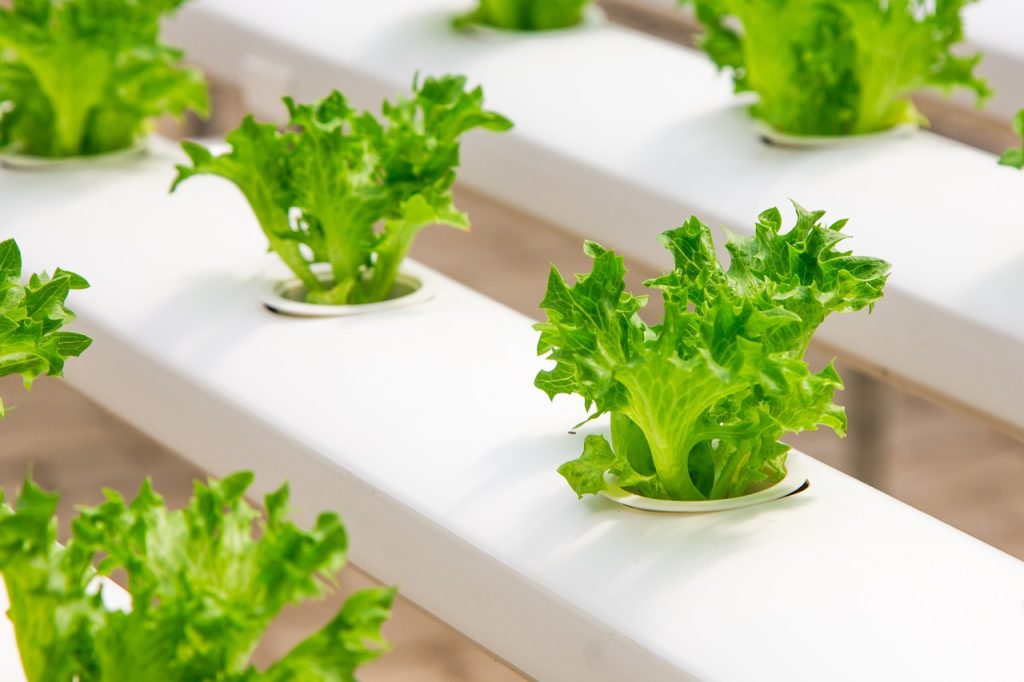
Are you interested in gardening but don’t have access to a traditional outdoor space? Look no further! In this article, we will take you on a journey of exploring different types of hydroponic gardening. Hydroponic gardening is a method that enables you to grow plants without soil, making it an ideal solution for urban dwellers or those with limited space. Get ready to discover the wonders of hydroponics and uncover the various techniques you can use to cultivate a thriving garden, all within the comfort of your own home.

Nutrient Film Technique (NFT)
Overview
Nutrient Film Technique (NFT) is a popular hydroponic system that involves a continuous flow of nutrient solution over the roots of the plants, creating a thin film of nutrient-rich water. This technique allows the plants to have constant access to water, oxygen, and nutrients, promoting their optimal growth and providing a highly efficient growing environment.
How It Works
In an NFT system, a sloping tray or channel is used to hold the plants, with a thin layer of nutrient solution continuously flowing along the bottom. The roots of the plants are suspended in the air or loosely packed medium, and the nutrient film created by the flowing water bathes the roots, providing them with the necessary nutrients and oxygen. The excess nutrient solution is collected and recirculated, ensuring minimal waste and maximum efficiency.
Advantages
One of the major advantages of the Nutrient Film Technique is its high efficiency in water and nutrient usage. The continuous flow of nutrient solution ensures that the plants receive an adequate amount of nutrients while minimizing water consumption. This technique is also known for its ability to promote faster growth and higher yields compared to traditional soil-based gardening. Additionally, NFT systems are relatively easy to set up and maintain, making them suitable for both beginners and experienced hydroponic gardeners.
Disadvantages
Despite its many advantages, the Nutrient Film Technique does have some drawbacks. One of the main concerns is the lack of a backup system in case of power outages or pump failures. Without the continuous flow of the nutrient solution, the plants can quickly suffer from root drying and nutrient deficiencies. Another potential issue is the vulnerability of the plants’ roots to clogging, as the film of nutrient solution is relatively shallow. This requires regular monitoring and maintenance to ensure the proper functioning of the system.
Drip System
Overview
The drip system is another widely used hydroponic technique that involves delivering nutrient-rich water directly to the plants’ root zone through a network of tubes and emitters. This allows for precise control over the irrigation process, promoting optimal plant growth and efficient use of resources.
How It Works
In a drip system, water is supplied to the plants through a main reservoir connected to individual irrigation tubes. Small emitters, such as drippers or sprayers, are installed near the base of each plant, delivering a controlled amount of nutrient solution directly to the root zone. The excess water that is not absorbed by the plants is collected and recirculated, reducing wastage.
Advantages
One of the key benefits of the drip system is its ability to provide targeted and precise irrigation, ensuring that the plants receive the necessary water and nutrients without any wastage. This method also allows for automation, making it convenient and time-saving for gardeners. Additionally, the drippers or sprayers used in this system can be adjusted to deliver different flow rates, catering to the specific needs of each plant.
Disadvantages
One potential drawback of the drip system is the risk of clogged emitters, which can lead to uneven water distribution and affect plant growth. Regular maintenance and periodic checks are required to prevent and address this issue. Furthermore, drip systems may require more initial investment in terms of equipment and installation compared to some other hydroponic techniques.

Deep Water Culture (DWC)
Overview
Deep Water Culture (DWC) is a hydroponic system that involves suspending the plants’ roots in a nutrient-rich water solution, allowing them to access oxygen directly from the air. This technique provides excellent aeration for the plants’ roots and is often favored for its simplicity and effectiveness.
How It Works
In a DWC system, the plants’ roots are submerged directly in a reservoir filled with aerated nutrient solution. The roots receive oxygen from the air through the use of air stones or diffusers, which maintain a steady flow of oxygen bubbles in the water. This combination of water, nutrients, and oxygen creates an ideal environment for the plants to grow.
Advantages
There are several advantages to using the Deep Water Culture system. Firstly, the direct access to oxygen provided to the plants’ roots promotes rapid growth and enhances nutrient absorption. This system is also relatively easy to set up and maintain, making it suitable for beginners. Additionally, the use of a single nutrient solution reduces complexity and minimizes the risk of nutrient imbalance.
Disadvantages
One drawback of the Deep Water Culture system is the potential for root rot if the oxygen supply is disrupted or inadequate. Constant monitoring of the root health and ensuring the presence of proper aeration are crucial to prevent this issue. This hydroponic technique may also require more electricity to operate due to the need for continuous aeration, leading to increased energy costs.

Ebb and Flow (Flood and Drain)
Overview
The Ebb and Flow system, also known as Flood and Drain, is a versatile hydroponic method that periodically floods and drains the plants’ root zone with nutrient-rich water. This cyclic irrigation process mimics the natural ebb and flow of tides, providing oxygen and nutrients to the plants while promoting optimal growth.
How It Works
In an Ebb and Flow system, plants are typically placed in a tray or container with a growing medium, such as perlite or grow rocks. At regular intervals, a nutrient solution is pumped into the tray, allowing the growing medium to absorb the water. Once the desired flooding duration is reached, the excess water is drained back into the reservoir, leaving the roots exposed to the air and eliminating the risk of drowning. This process is repeated multiple times a day, maintaining a healthy balance of water and oxygen for the plants.
Advantages
One of the main advantages of the Ebb and Flow system is its ability to provide oxygen to the plants’ roots during the draining phase, preventing waterlogging and promoting healthy growth. This hydroponic technique also allows for the use of various growing media, giving gardeners flexibility in choosing the most suitable medium for their plants. Moreover, the periodic flooding and draining create a natural oxygenation process, reducing the need for additional aeration equipment.
Disadvantages
One potential disadvantage of the Ebb and Flow system is the risk of power outages or pump failures, which can interrupt the irrigation cycles and cause stress to the plants. Additionally, the periodic flooding and draining may lead to the accumulation of mineral salts in the growing medium over time, requiring regular monitoring and maintenance to prevent nutrient imbalances and plant damage.








